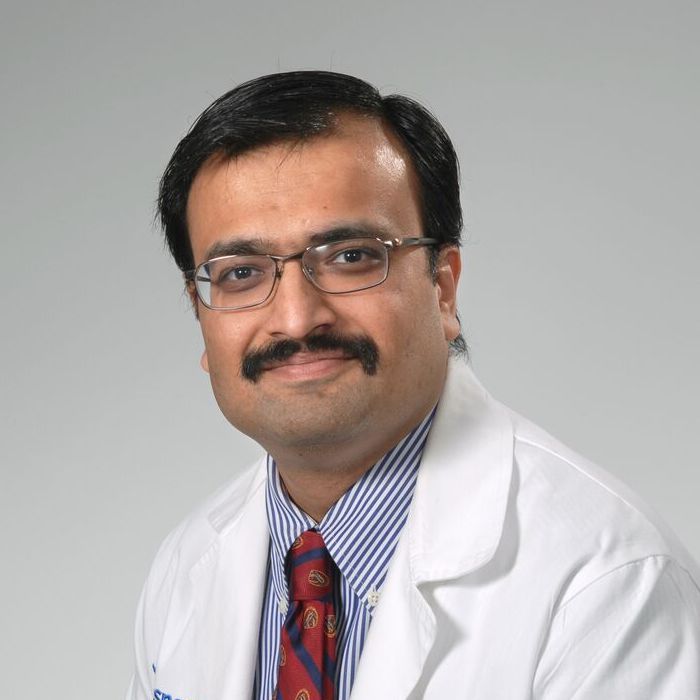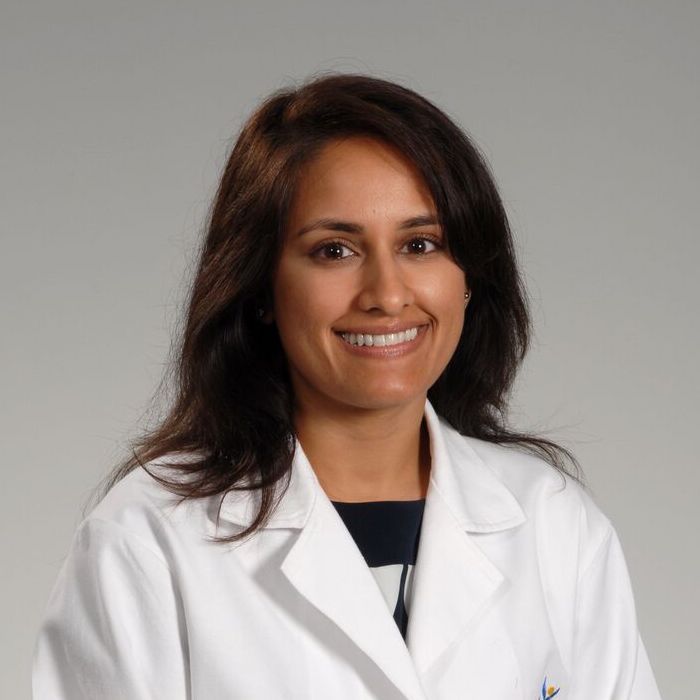Article
JOHVI Pulls on Prior Success, Communication for Double LVAD Procedure
Author(s):
A few months after performing a first-of-its-kind procedure in the US, members of the John Ochsner Heart and Vascular Institute surgical team explore what led to the surgical success.

Aditya Bansal, MD
Earlier this year, a team at the John Ochsner Heart and Vascular Institute (JOHVI) performed a double left ventricular assist device (BIVAD) implantation—the first of its kind in the United States.
Led by Aditya Bansal, MD, the surgical director of the mechanical assist device circulatory support and ECMO program at Ochsner, a team of 21 professionals performed the life-saving, 9-hour complex procedure of Biventricular implantation HeartMate 3 device.
The surgery was overall a resounding success, with essentially no complications or post-operative issues. Bansal told MD Mag that the real success of the procedure was in the communication, collaboration, and preparation between the cardiac surgeons, heart failure (HF) cardiologists, perfusionists, anesthesiologists, critical care nurses, residents, and medical students.
“All of them need to be very involved and be on the same page so they can execute these complicated operations to perfection,” he said. “For us, the most important steps were ensuring the safety of the patient, ensuring the procedure was done with extreme precision, and ensuring that our patient has the best outcome.”
Including the patient in these conversations and making sure that he understood the benefits, risks, and possibilities was just as important. Bansal stated that these open discussions and involving the patient “made him feel at peace with the process and made him feel safe with the team. In the end, a lot of things can happen, but if the team is well prepared for all eventualities, then that is the best safety net for our patients”.
Those lines of communication extended beyond just the team at JOHVI, as well. A similar procedure had been conducted just a short time prior by a team of surgeons in Germany. For Bansal, ensuring that there was an open line of communication with their German colleagues was just as important as it was within the team at his own institution.
“We had multiple phone conversations with our German counterparts who shared with us the techniques that they had perfected over time,” said Bansal.
“And then we ran multiple scenarios with our own groups, with all the team members that were in the operating room, the ICU, and in the medical unit. All of that helped to make this seamless,” he added.
Another big piece of the success, Bansal said, was the prior experience. Just last year, JOVHI surpassed its 500th and 950th LVAD and heart transplant procedures respectively, marking the clinicians at the institution as seasoned experts in the HF field.

Sapna Desai, MD
People who did not have prior experience may have had a lot of challenges, but we’ve done these procedures in different forms. We have a large amount of experience [with these] devices,” Bansal explained. “All of those [procedures] helped with preparation. It was like preparing for a marathon on the final day—all of these small, small steps really helped the team be successful in delivering what we had promised to our patient.”
While Bansal and the team were anticipating multiple complications and issues to arise, none did. According to him, “it worked like a well-oiled machine,” which he credited solely to the team. “The number 1 thing to focus on is the team approach. Ensuring that all team members have come up with a plan, and have not only Plan A, but Plan B and Plan C,” he said.
Bansal added that collaboration with colleagues, specifically those with experience—no matter where they are located—is a major part of success in these complex situations. While he noted that the Ochsner team was prepared, double-checking every step of the way and discussing all possibilities up front, having the resources from outside was invaluable. Those resources, he said, can also come from thinking outside the box and embracing the new technologies.
Bansal commented, “Communication, collaboration, and preparation are the 3 essentials, that will help physician teams to be successful, be it in [obstetrics/gynecology], dermatology, or heart surgery.”
Sapna Desai, MD the medical director of the mechanical assist device circulatory support program at JOHVI, credited the willingness of the staff to embrace the spirit of collaboration as the biggest benefit for the patients at the institute. But she did add that for her, the focus should be partly on getting patients to HF centers like Ochsner sooner, rather than later. While both her and Bansal noted that this procedure could be performed at essentially any center that is advanced enough to implant LVADs, the focus should be on preventing these kinds of situations from arising altogether.
“From a cardiologist standpoint, the 1 piece of advice—maybe not to team that is going to perform the surgery, but to cardiologists everywhere that have patients that are challenging from a HF perspective—would be to get [the patient] to an advanced HF team as quickly as possible because I don’t think we go into these situations looking to put 2 LVADs in,” she said. “Our hopes are always to try to do it with 1, and the early that they get referred to a HF cardiologist, the better.”




